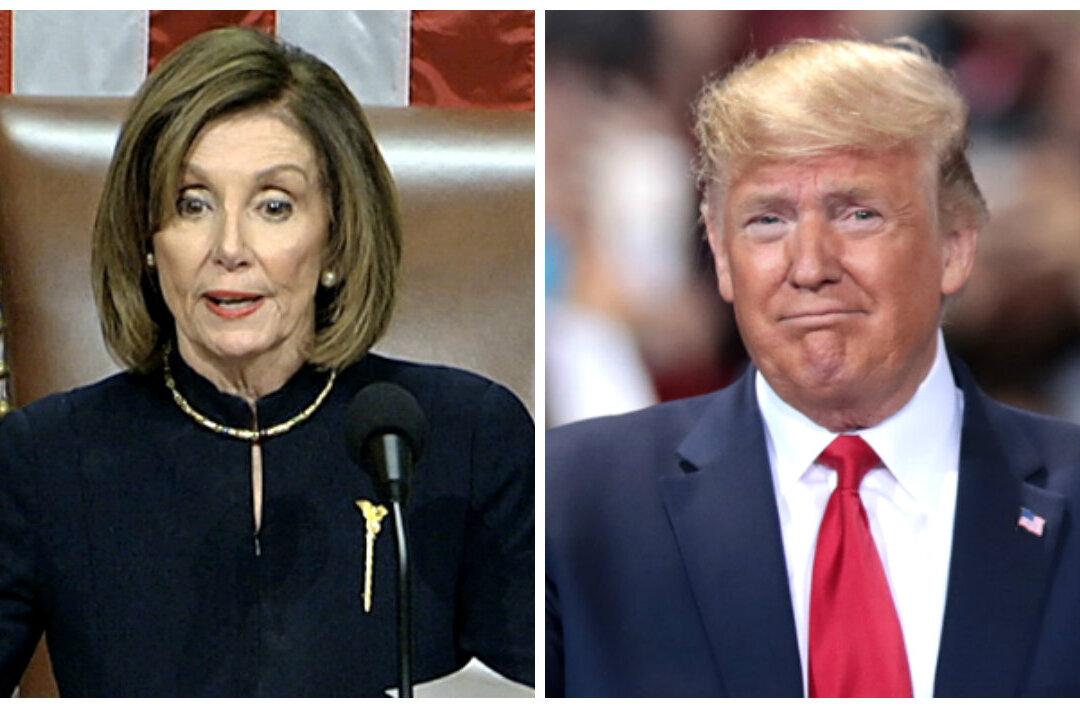In an effort to spur innovation in state health care markets, the U.S. Centers for Medicare and Medicaid Services (CMS) released four concepts for Affordable Care Act (ACA) waivers on Nov. 29 to give states ideas on how they could use their waivers to lower costs and create flexibility under the ACA.
CMS administrator Seema Verma was quick to point out on a call with reporters that whatever states propose will have to be approved by CMS and the Treasury Department, and will be subject to “guardrails” that would ensure people with pre-existing conditions be covered. They will be paying especially close attention to how the waivers affect people of low income and complex health issues, she said.






